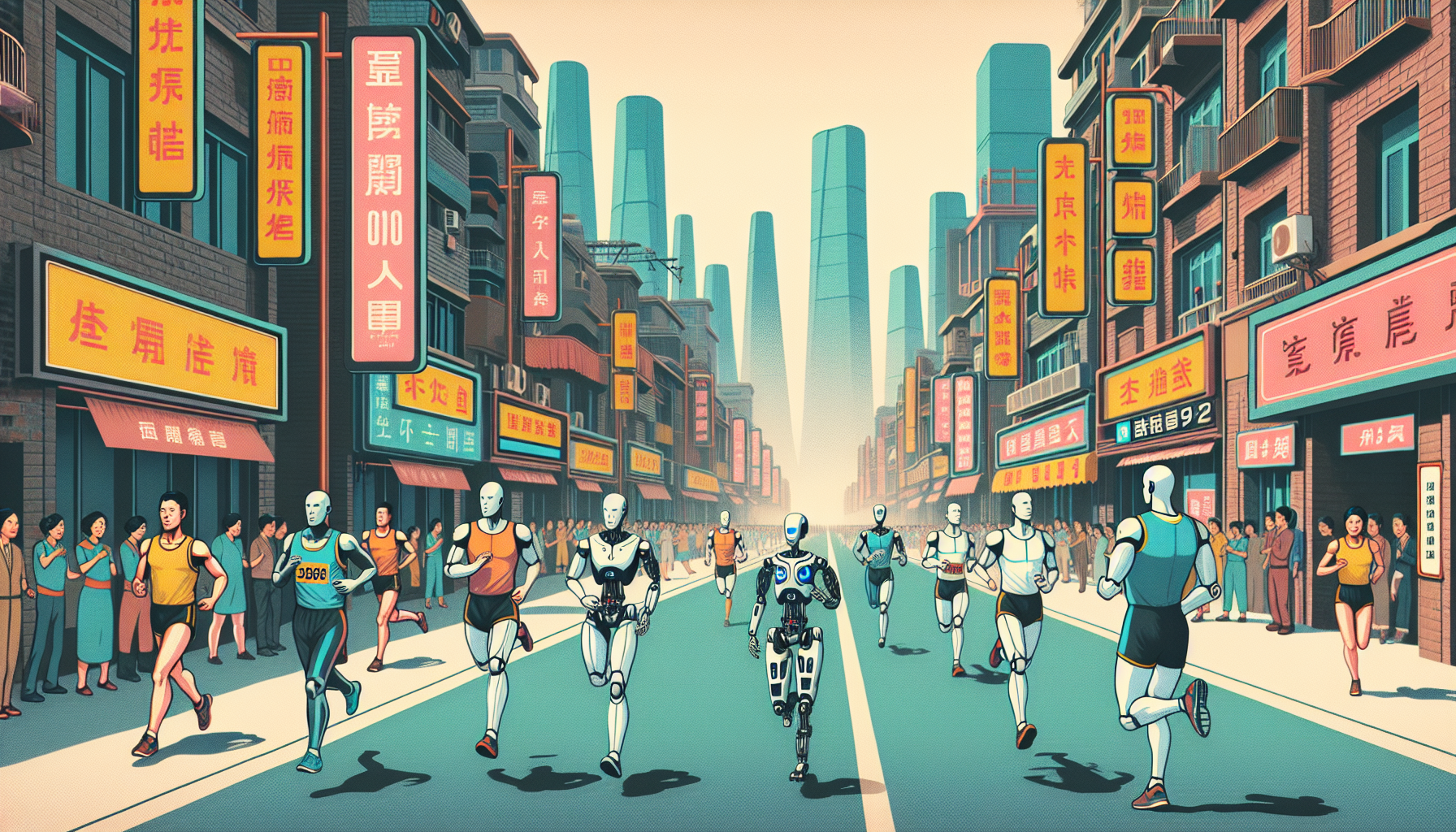On April 19, 2025, the streets of Beijing welcomed a vision of the future. In the city’s Yizhuang district, a special half-marathon took place—one where humans and humanoid robots ran side by side. This event marked a profound moment for both sports and robotics, offering a glimpse of how technology is moving ever closer to our world.
Running with Machines
More than 10,000 people gathered for the race, but their numbers were joined by 21 humanoid robots from leading companies and research institutions. To keep everyone safe, organizers created two parallel tracks: one for human runners and one for the robots, with a divider between them. The crowd watched in awe as machines took their place alongside seasoned athletes, signaling a new era for both fields.
A Robotic Champion Emerges
Among the machines, one robot stood out: Tiangong Ultra—also known as Sky Project Ultra or Tien Kung Ultra. This robot was developed by the Beijing Humanoid Robot Innovation Center, a government-supported institute dedicated to robotics. Tiangong Ultra completed the 21.1-kilometer course in 2 hours, 40 minutes, and 42 seconds. While this was slower than the fastest humans—the winner finished in just over an hour—it was a remarkable achievement for a robot.
Tiangong Ultra didn’t run alone. A human runner guided the robot, carrying a signaling device on their back. Tiangong Ultra followed, mirroring the runner’s movements. Otherwise, some robots were controlled remotely, with their operators jogging beside them to share instructions and encouragement in real time. This blend of human guidance and robotic determination illuminated the event’s true spirit: a partnership between people and their creations.
Testing More Than Speed
This half-marathon was much more than a race. It was a public demonstration of technological progress—an opportunity to test robots on the demanding course and to challenge their creators to push the boundaries of what machines can do. Special rules for the event reflected this experimental spirit. Robot engineers could swap out batteries at pit stops, similar to racing teams changing tires. Each pause for maintenance carried a time penalty, putting the focus on endurance, efficiency, and reliability instead of raw speed.
Awards went beyond the finishing line. Prizes recognized not just the fastest robot, but also those with the best endurance, the most innovative technological features, and even those with the most impressive walking style. Every aspect of their performance was under the spotlight, making it clear that the future of humanoid robots involves complexity and ingenuity at every step.
The Road Ahead
The path was not easy. Some robots struggled to get moving at all—while others shuffled so slowly that their engineers could stroll leisurely at their side. These challenges highlight the hurdles that remain in developing robots capable of navigating real-world environments as freely and gracefully as humans can. Yet, every hesitant step was a testament to human ambition, creativity, and an enduring drive to overcome what once seemed impossible.
While robots are nowhere near matching the speed and agility of human athletes today, their participation in the Beijing half-marathon marks a meaningful advance. Events like this chart the progress of our technology, offering hints of what the future could hold. In years to come, we may watch robots run faster, smarter, and more independently. Some day, the line between human and machine competition may blur in ways once thought only possible in science fiction.
This was a race not only of bodies but of imagination, determination, and the quiet hope that what begins with a few tentative strides today can change how we move, live, and understand ourselves tomorrow.

Leave a Reply